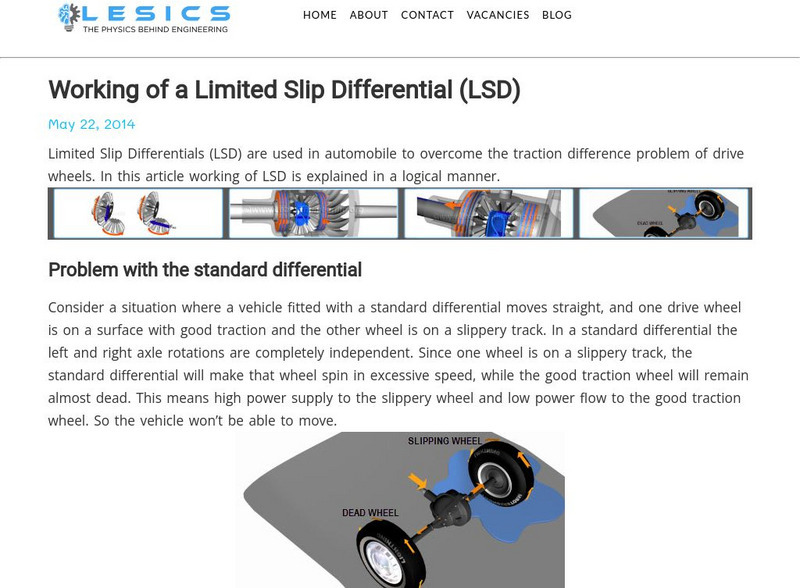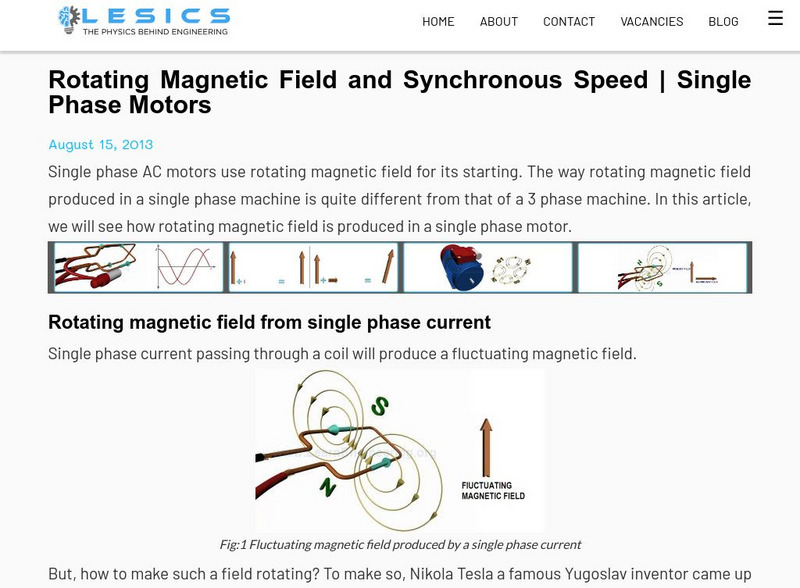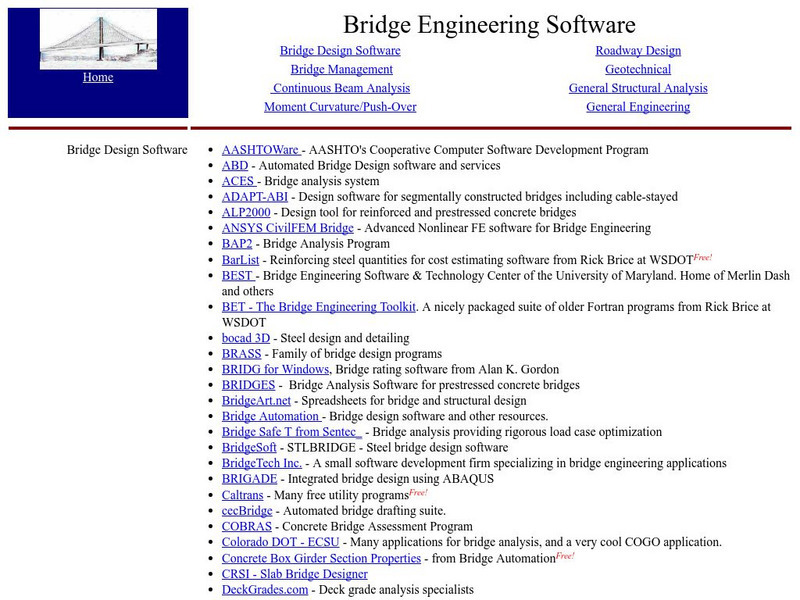TryEngineering
Try Engineering: Get It Write
Students learn about the engineering design process by working in teams to design and build a pen out of everyday materials that can deliver a controlled amount of ink to a sheet of paper.
Learn Engineering
Learn Engineering: Understanding Degrees of Freedom
Explores how to predict degrees of freedom of a mechanism. Understand that in mechanics degrees of freedom is one of the most important concepts. Video length: 4 min. 41 sec.
Learn Engineering
Learn Engineering: What Is Von Mises Stress?
In this article and video, learn about how engineers can use the Von Mises stress to predict when their design will fail. By completing the calculations, engineers can find the maximum value of Von Mises and can be more accurate with the...
Learn Engineering
Learn Engineering: Working of a Limited Slip Differential
A video and article explaining how cars use limited slip differential to overcome traction issues of the drive wheel. The article discusses all topics found in the video. [4:56]
Learn Engineering
Learn Engineering: Torsen Differential: How Does It Work?
This video and article explain about the patented parts of a Torsen differential which allows the outside drive wheel to rotate faster than the inner drive wheel during a turn while overcoming traction problems. The article discusses all...
Learn Engineering
Learn Engineering: Diesel Engine vs. Petrol Engine
This video and article explore the differences and the similarities between petrol and diesel engines. The article discusses all topics found in the video. [4:06]
Learn Engineering
Learn Engineering: Manual Transmission: How It Works?
Learn about why a transmission is required in automobiles in this video and article, and how manual transmissions work. The article discusses all topics found in the video. [6:05]
Learn Engineering
Learn Engineering: Working of Single Phase Induction Motors
A video and article giving information about how single phase induction motors function and what parts they contain. The accompanying article explains the concepts further using detailed illustrations. [4:06]
Learn Engineering
Learn Engineering: How Does an Induction Motor Work?
An article and video about the most commonly used electrical machine called an induction motor. Learn about the parts of the motors that allow the motor to function. [4:43]
Learn Engineering
Learn Engineering: Single Phase Motors
Learn about how a single phase motor produces a rotating magnetic field in this video. The accompanying article discusses topics found in the video. [2:00]
Learn Engineering
Learn Engineering: Understanding Rotating Magnetic Field & Synchronous Speed
Get information about rotating magnetic fields and how electric machines use them for their operation. Discusses synchronous speed and number of poles on an electrical machine. The accompanying article discusses the topics found in the...
TryEngineering
Try Engineering: Engineering Ups and Downs
Engineering design lesson plan examines the principles behind working elevators. Teams of students explore how elevators work, then design, build, and evaluate their own elevator to service a toy car garage.
Science Struck
Science Struck: How to Rebuild a Hydraulic Cylinder
Describes the basic structure of a hydraulic system and what is involved in rebuilding a hydraulic cylinder. It presents three different problem scenarios and strategies for repairing the cylinder.
Science Struck
Science Struck: A Beginner's Guide: How Does a Hydraulic Motor Work?
Learn the mechanics behind how a hydraulic motor works, some different types of hydraulic motors, and their applications in industry.
Science Struck
Science Struck: Piston Pump vs. Diaphragm Pump
Learn the difference between a piston pump and a diaphragm pump, both of which are positive displacement pumps. Includes chart listing characteristics for each, their different types, and their advantages and disadvantages.
Other
Bridge Sight Software: The Bridge Site: Software
This resource provides links to a wide variety of Bridge Engineering Software. Click on the link to learn about the software.












